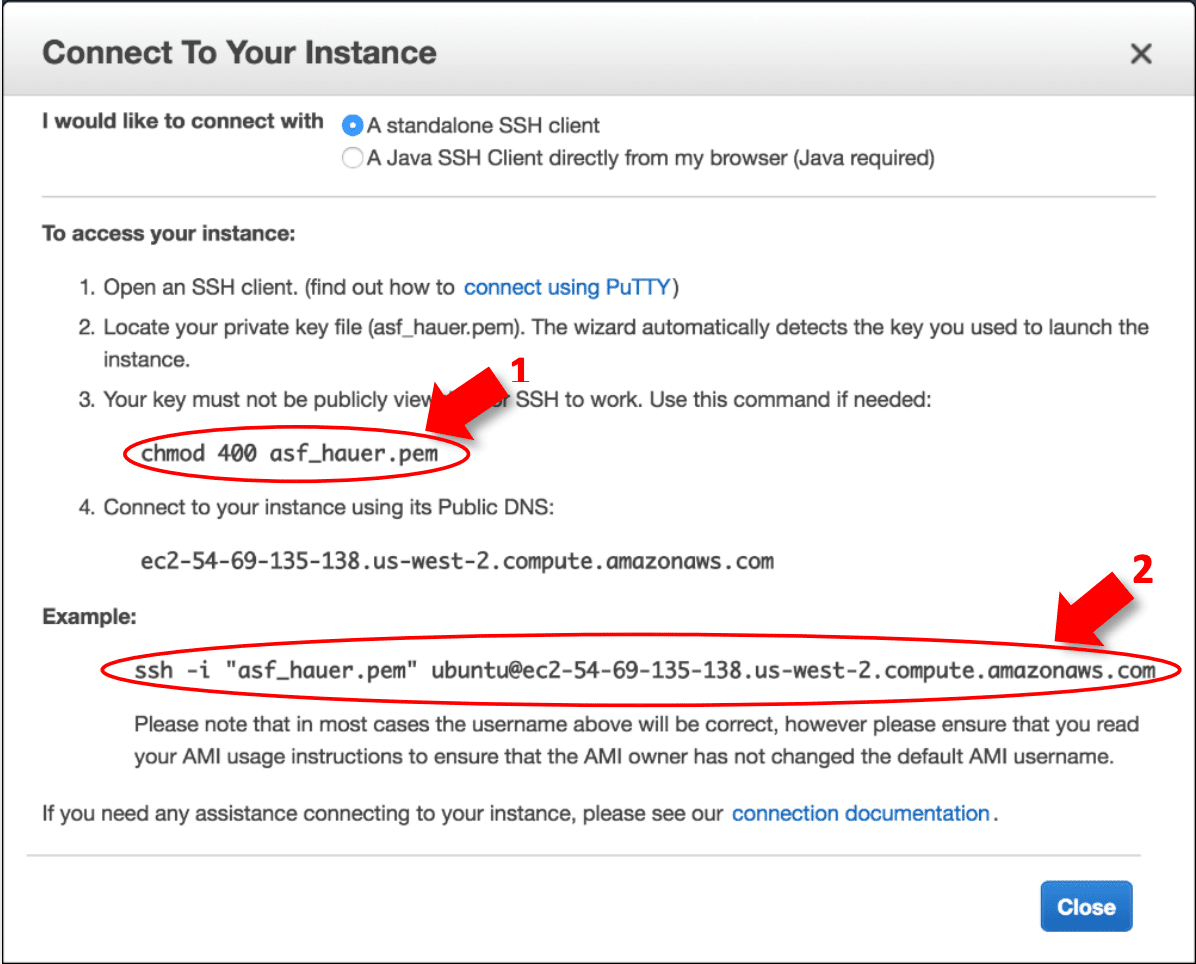

- Configure os x for ssh login mac os x#
- Configure os x for ssh login password#
If the private key is passphrase encrypted (as yours is), or if it lives in a directory other than ~/.ssh/, there are a few extra steps needed to get up and running. Panic’s customer support sent me the following instructions: If you try this process with a password-encrypted key, Transmit will give you the error: “The file is not in a supported format.” This is a bug and you’ll have to apply a workaround.
 Import your private key file yourkeyfile_rsaĬonnect with these new settings and the SFTP server will grant you access.
Import your private key file yourkeyfile_rsaĬonnect with these new settings and the SFTP server will grant you access. Or click the key picker, which is the key icon to the right of the password box.From the menu, select Favourites > Import SSH Key File.In Transmit, delete your old connection details and add new connection settings 3.Setting up Panic’s Transmit FTP client with key-based authentication is simple but it can be a little buggy. Setting up the Transmit FTP client for SSH Key-Based AuthenticationĪfter configuring SSH key-based authentication on your server, the SFTP service will start rejecting your login attempts unless you supply your key. Switch back to the Mac’s terminal and copy the public key text using the command:.Go to the server terminal and cd into the account’s home directory.
There are two ways to do this on a standard-install Mac OS X workstation. ssh directory of the server account you use to do your day-to-day web development. If you use a service like GitHub you may also see your GitHub key files already in that directory.
The private key: /Users/username/.ssh/yourkeyfile_rsa. The public key: /Users/username/.ssh/yourkeyfile_rsa.pub. The result should be two new key files in your. If you set a password, you’ll have to enter it every time you try to authenticate with the key file. Ssh-keygen will also ask if you want to set a password for the key. That way, if your Mac workstation is ever compromised, you minimise the risk of access to servers used for past projects where your account has been inadvertently left active. While you can simply select the default, it might be a good idea to create a key file specifically for each project. The default for key files on Mac OS X is /Users/username/.ssh/id_rsa.pub. You’ll be asked to enter a file name for the key. The -t flag specifies that you’re creating an RSA key. Look for the following lines and uncomment or add them: Configure the serverįirst make sure your server is configured to accept key-based authentication. On the server terminal, open a secure shell to the server as you normally would. Edit the configuration file for your OpenSSH Daemon at /etc/ssh/sshd_config. We’ll be moving back-and-forth between the them so for clarity, open up two terminal windows: one will be used for configuring the server, which I’ll refer to as your server terminal and another for configuring your Mac workstation, which I’ll call the Mac terminal. Configure your Mac OS X workstation to use SSH key files. Set up your server to accept the key files instead of a password. We’ll need to do two main things to get everything working: Setting up your Mac workstation and server for SSH Key-Based Authentication have an account on the server that you use for day-to-day web development. already have your server set up to SSH and SFTP with password authentication. The prerequisites for this guide are that you: I expect that you’re familiar with your own environment and have a preferred way of doing things so won’t list every command needed. The server instructions here are for FreeBSD but you should still find the information useful if you run a Linux-based web server. I’m on a Mac OS X workstation, currently Yosemite, using the Mac Terminal App to connect via SSH and Panic’s Transmit FTP client to transfer files. If this sounds familiar, this guide is for you. Repeatedly entering secure long random passwords is becoming a hassle. You generally work on multiple servers per project. Most likely you host websites for your clients or employer on *nix servers controlled through a command line interface. The instructions here are aimed at Mac OS X based web developers with at least a moderate level of systems administration knowledge. My goal is to outline the steps needed so you can start using key-based authentication on your Mac. If you’re reading this, you probably already have a basic grounding on SSH, SFTP and the implications of SSH key-based authentication. I won’t go into any detail about these protocols or try to make a case for using them. 
This is a guide for setting up an Apple Mac OS X workstation with SSH key-based authentication to a remote FreeBSD server.







 0 kommentar(er)
0 kommentar(er)
